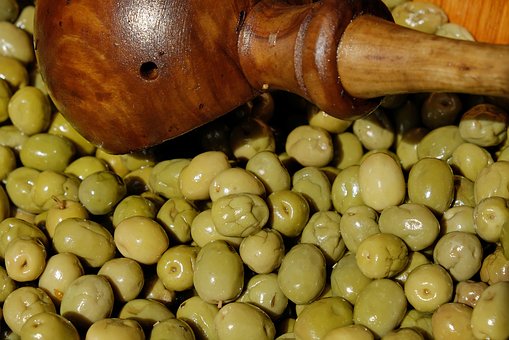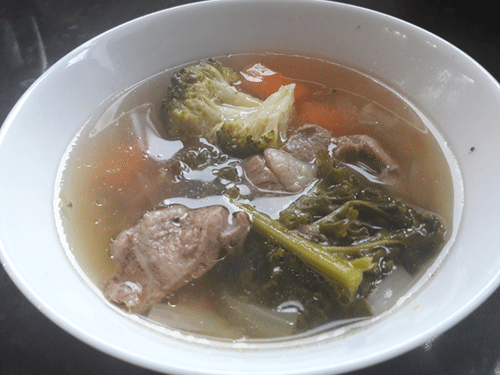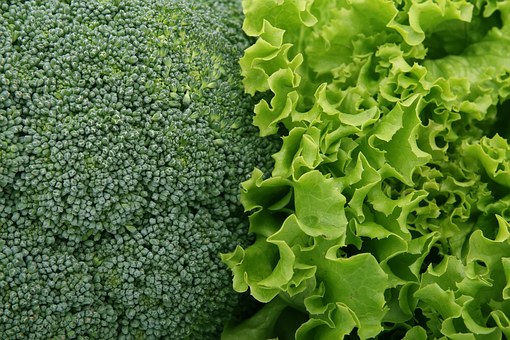Copy Link
Email
Print

Vitamin C is water-soluble, and probably the most famous of all the vitamins. Even before its discovery in 1932, physicians recognised that there must be a compound in citrus fruits preventing scurvy, a disease that killed as many as 2 million sailors between 1500 and 1800. Later researchers discovered that man, other primates and the guinea pig depend on external sources to cover their Vitamin C requirements. Most other animals are able to synthesise Vitamin C from glucose and galactose in their body. The most prominent role of Vitamin C is its immune stimulating effect, which is important for the defence against infections such as common colds. It also acts as an inhibitor of histamine, a compound that is released during allergic reactions. As a powerful antioxidant it can neutralise harmful free radicals and aids in neutralising pollutants and toxins. Thus it is able to prevent the formation of potentially carcinogenic nitrosamines in the stomach (due to consumption of nitrite-containing foods, such as smoked meat). Importantly, Vitamin C is also able to regenerate other antioxidants such as Vitamin E. Vitamin C is required for the synthesis of collagen, the intercellular 'cement' substance which gives structure to muscles, vascular tissues, bones, tendons and ligaments. Due to these functions Vitamin C, especially in combination with zinc, is important for the healing of wounds. Vitamin C contributes to the health of teeth and gums, preventing haemorrhaging and bleeding. It also improves the absorption of iron from the diet, and is needed for the metabolism of bile acids, which may have implications for blood cholesterol levels and gallstones. In addition, Vitamin C plays an important role in the synthesis of several important peptide hormones and neurotransmitters and carnitine. Finally, Vitamin C is also a crucial factor in the eye's ability to deal with oxidative stress, and can delay the progression of advanced age-related macular degeneration (AMD) and vision-loss in combination with other antioxidant vitamins and zinc.
Geber J, Murphy E. Scurvy in the great irish famine: Evidence of Vitamin C deficiency from a mid-19th century skeletal population. 1. Am J Phys Anthropol. 2012 Aug;148(4):512-24. doi: 10.1002/ajpa.22066. Epub 2012 Mar 28.
Geber J, Murphy E. Scurvy in the great irish famine: Evidence of Vitamin C deficiency from a mid-19th century skeletal population. 1. Am J Phys Anthropol. 2012 Aug;148(4):512-24. doi: 10.1002/ajpa.22066. Epub 2012 Mar 28.
Scurvy has increasingly been recognized in archaeological populations since the 1980s but this study represents the first examination of the paleopathological findings of scurvy in a known famine population. The Great Famine (1845-1852) was a watershed in Irish history and resulted in the death of one million people and the mass emigration of just as many. It was initiated by a blight which completely wiped out the potato-virtually the only source of food for the poor of Ireland. This led to mass starvation and a widespread occurrence of infectious and metabolic diseases. A recent discovery of 970 human skeletons from mass burials dating to the height of the famine in Kilkenny City (1847-1851) provided an opportunity to study the skeletal manifestations of scurvy-a disease that became widespread at this time due to the sudden lack of Vitamin C which had previously almost exclusively been provided by the potato. A three-scale diagnostic reliance approach has been employed as a statistical aid for diagnosing the disease in the population. A biocultural approach was adopted to enable the findings to be contextualized and the etiology and impact of the disease explored. The results indicate that scurvy indirectly influenced famine-induced mortality. A sex and stature bias is evident among adults in which males and taller individuals displayed statistically significantly higher levels of scorbutic lesions. The findings have also suggested that new bone formation at the foramen rotundum is a diagnostic criterion for the paleopathological identification of scurvy, particularly among juveniles. Am J Phys Anthropol, 2012. ? 2012 Wiley Periodicals, Inc.
Link to this article: Show: HTML Link • Full Link • Short Link
Share or Bookmark this page: You will need to have an account with the selected service in order to post links or bookmark this page.





|
Related Articles:
- Low Vitamin A and C Levels Associated with Increased Asthma Risk
- Top Tips to Beat Stress
- Vitamin C Protects Against Gout
- Nutrients and Superfoods for Healthy Skin
- Grapefruit Can Promote Healthy Gums
- Goji Berries: A Great Superfood
- Book: Curing the Incurable: Vitamin C, Infectious Diseases, and Toxins - Thomas E Levy
- Higher Plasma Vitamin C Levels Reduce Risk Of Developing Type 2 Diabetes
- What Foods Are Good For Your Eyesight?
- Dr Linus Pauling, Vitamin C Infusions and Cancer
You must be registered and logged in to comment.
Most Popular
Latest Articles
Popular Subjects
Health, fitness and longevity
Based upon the principles of health
in the Qur'an and Prophetic Traditions.
HealthyMuslim.Com
There are two bounties in which
most people lose out: good health
and free time. Al-Bukhari.
The information on this site is provided for educational purposes only. It is not intended as a substitute for professional advice of any kind.























